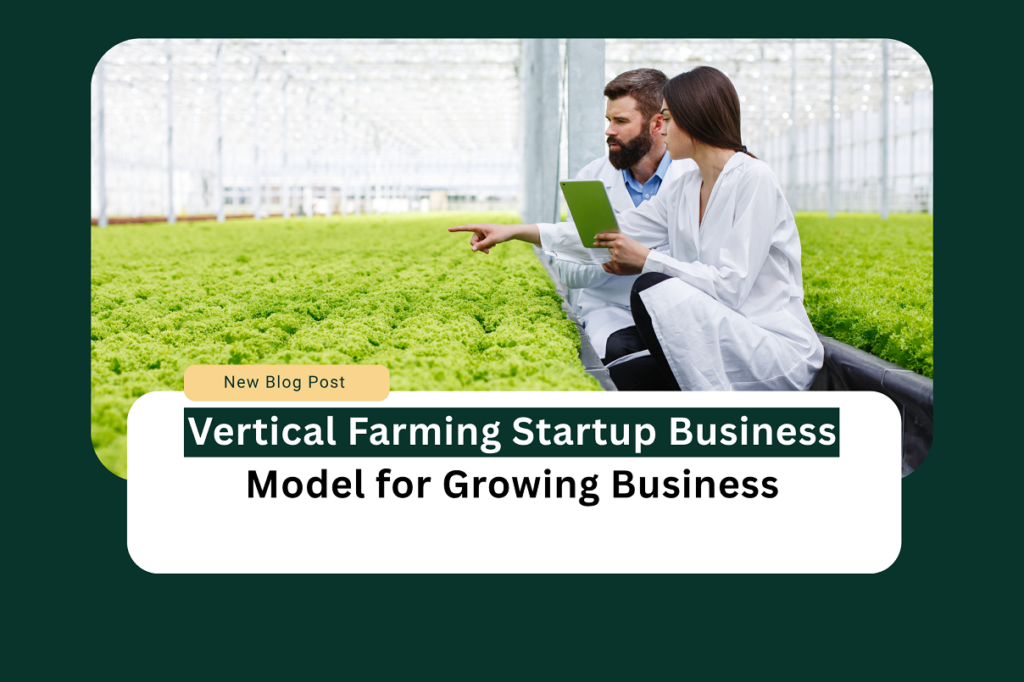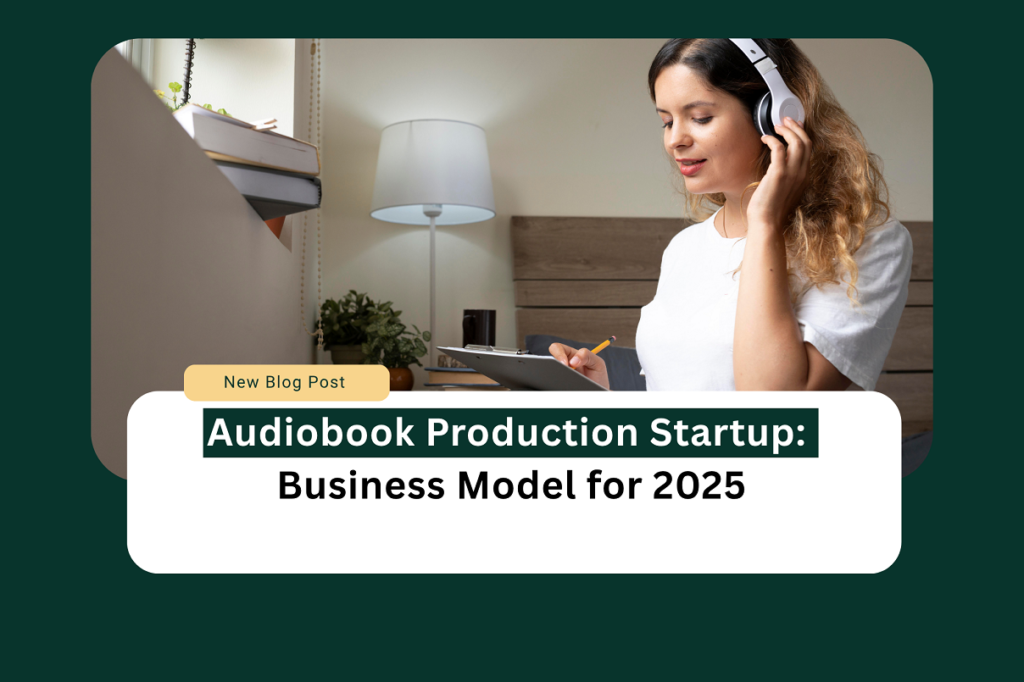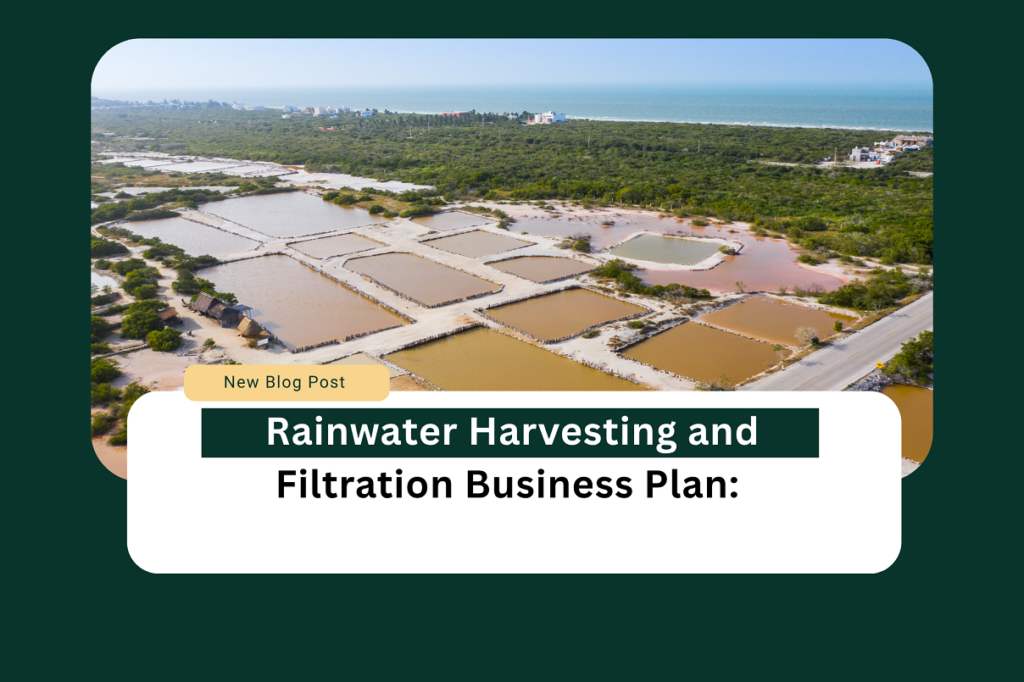Introduction
The vertical farming startup business model represents a highly effective response to worldwide food security problems. These modern agricultural enterprises use advanced technological systems to create stacked crop layers that transform urban food production capabilities. The vertical farming industry receives substantial funding because the 2023 market value stands at $4.2 billion while experts at Market Research Future predict it will hit $20.9 billion by 2029. The impressive market growth signifies that vertical farming startup businesses yield robust financial performance as they unite sustainable practices with advanced technology to supply food demand after occupying limited spaces.
Understanding the Vertical Farming Concept
The basis of vertical farming startup business models shows farmers cultivating plants across stacked layers by applying controlled-environment agriculture (CEA) technology. The systems implement hydroponics, jet-irrigation, and aeroponics or aquaponics cultivation systems within constructed facilities that can include repurposed warehouses and special purpose-built units. The main difference between traditional agriculture and vertical farming emerges from its capability to create continuous year-round crop yields without weather dependence while requiring only a fraction of conventional farming water usage as shown in Nature Food research.
Vertical farms employ automated technology that optimizes crop cultivation by using LED lights designed for individual plant needs alongside robotic nutrition providers alongside climate controls. Such technological infrastructure serves as the fundamental basis for vertical farming startups which provides these businesses with remarkably enhanced production capacity per unit area together with resource utilization efficiency.
Core Components of a Successful Vertical Farming Startup Business Model
A successful vertical farming startup business model needs founders to analyze multiple interconnected elements for development. Founders need to establish clear market directions through deciding which crops to target such as high-value produce which customer segments to serve or whether to create their own growing technology. AgFunder data shows that vertical farming companies specializing in premium crops with short growth times achieve the most efficient unit economics.
The technology infrastructure stands as a fundamental investment decision that needs proper consideration. A vertical farming startup business model needs to find an equilibrium between equipment expenses and operational cost-effectiveness. Advanced vertical farming systems demand larger initial funding but produce better long-term financial results through automation and consistent yield production. Research conducted by Emergent Research shows that businesses that implement advanced automation and AI-driven growing systems reach profitability at a rateof 30% faster than businesses that operate with manual labor.
Revenue Streams and Market Positioning
Multiple revenue streams form an essential part of successful vertical farming startup business models because they create long-term financial stability. The main business revenue stems from crop sales, yet many startups specialize in high-value specialty produce, which allows them to charge premium prices. Specialty greens produced locally bring 20–40% higher revenue compared to conventional farming versions, according to the USDA.
Innovative startups operating vertical farms generate additional income through technology licensing services, consulting services, and agritourism activities. Vertical farming businesses achieve predictable revenue streams through direct consumer subscriptions and exclusive restaurant deals, which also build their brand identity. Some vertical farming businesses create exclusive growing technology and software that they offer for licensing to agricultural operations.
Financial Considerations and Investment Requirements
Starting a vertical farming business requires entrepreneurs to invest large amounts of capital at the beginning. Commercial-scale vertical farm setup expenses amount to between $1,800 and $3,500 per square meter, based on the Association for Vertical Farming research. The substantial initial financial requirement stands as the main barrier for new entrepreneurs to enter this industry because commercial facilities need between $2 million and $15 million depending on their size and technological complexity.
The startup costs of vertical farming business operations heavily depend on energy expenses for lighting and climate control systems, labor costs, and facility maintenance requirements. The journal Sustainability reports that energy costs make up 25–30% of regular operating expenses for standard vertical farms. The economic prospects of this business model continue to improve because of ongoing advancements in LED performance and renewable energy system integration.
The vertical farming industry faces various obstacles that need to be addressed.
The vertical farming startup business model demonstrates great potential but encounters multiple substantial obstacles. The primary energy consumption concern persists, but technological progress and renewable energy implementation work to solve this problem. Operations that lack automation experience substantial profit reductions from labor expenses. The industry requires startup companies to establish distinct positioning to compete effectively against traditional agriculture along with other indoor farming methods.
Startup founders must understand the extensive set of laws that control agricultural production and food safety and certain emerging cultivation practices. The Food Safety Modernization Act of the FDA sets minimum standards yet local regulation requirements might add more compliance responsibilities to affect vertical farming startup operations.
Vertical Farming Business Models: Case Studies
Various profitable vertical farming startup business models demonstrate different methods of achieving success according to case study examples. The business approach of some companies includes large-scale production of minimal crop varieties whereas other companies target exclusive markets with premium pricing strategies. Startups specializing in technology have created systems that lower operational expenses by using automated machines and machine learning algorithms to optimize growing conditions.
Successful vertical farming businesses demonstrate key common features including market-demand-driven crop choices and economical growth cycles and they establish strong sustainable brands alongside innovative cost reduction technologies alongside innovative distribution methods which may include direct retail partnerships or restaurant networks.
Conclusion
Entrepreneurs who want to take part in agricultural innovation in the future should consider the vertical farming startup business model as a strong business opportunity. These ventures merge sustainable practices with technological innovations to build profitable operations that solve increasing food security needs. The vertical farming startup business model will gain more investor and entrepreneurial interest because of advancing technology combined with improving economies of scale.
Newcomers to this active sector must develop detailed plans regarding market positions, technological investments and operational efficiency. Vertical farming startups achieving the most success will achieve this through the combination of practical business fundamentals and adaptive strategies to market changes alongside innovative approaches. Share your insights about vertical farming startup models in the comments section while spreading awareness about this vital agricultural advancement through network sharing of this article.
FAQ
Q1: What initial investment is needed? A commercial operation costs between $2 million and $15 million based on its size and technology implementation.
Q2: When can I expect profitability? The majority of ventures become profitable within 3-5 years although premium crop production shortens this timeframe.
Q3: Which crops yield the best returns? Leafy greens together with herbs and microgreens represent the best economic choice because of their quick growth cycles.
Q4: How significant are energy costs? Operating expenses composed of energy costs typically amount to 25-30% of the total expenditures.
Q5: Vertical farms use what elements to distinguish their products from competitors? Through consistent quality, year-round availability, and local, pesticide-free production.
Read More : Personalized gifts and engraving business blueprint








